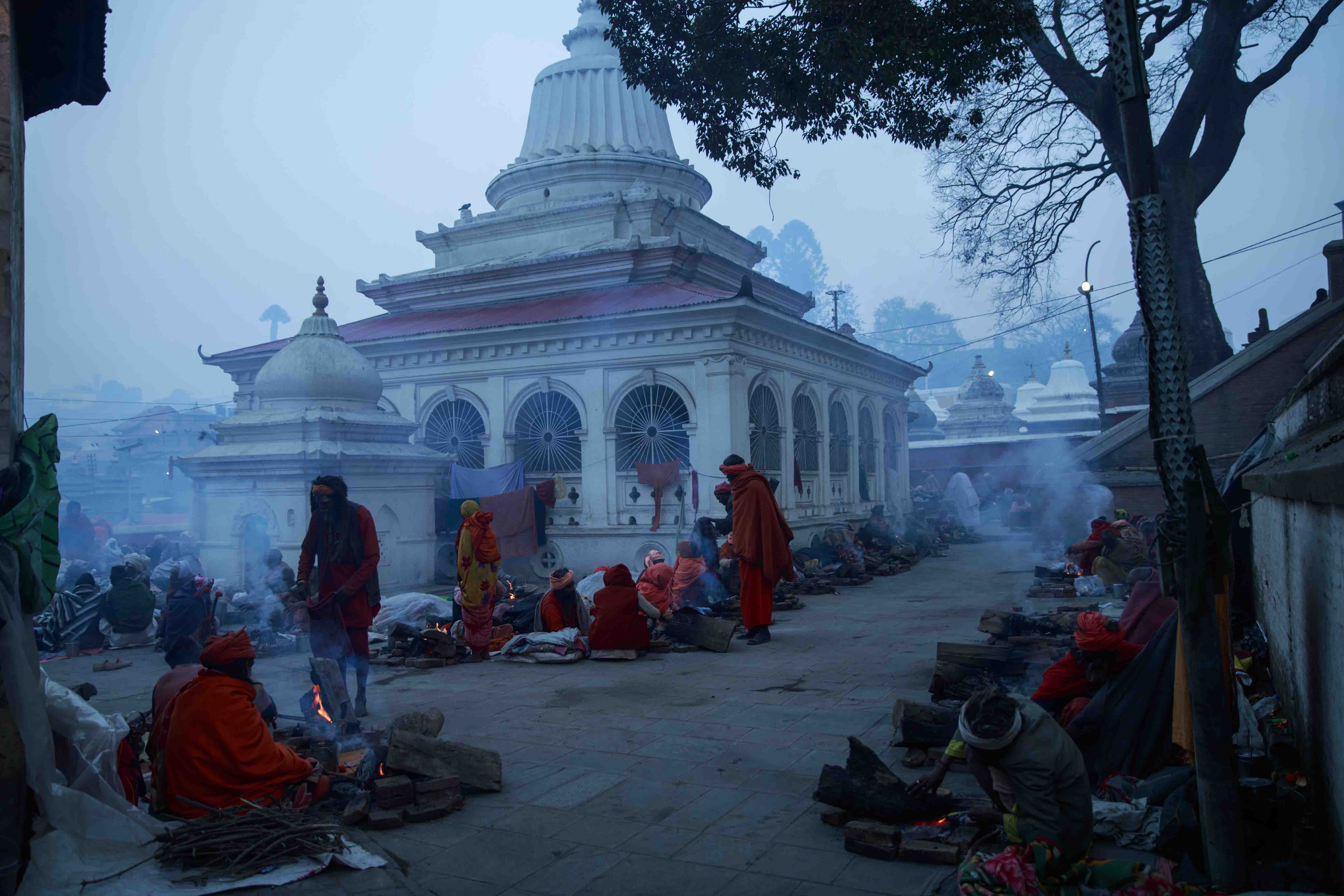
Pashupatinath
Pashupatinath Temple, with its astonishing architectural beauty, stands as a symbol of faith, religion, culture and tradition. Regarded as the most sacred temple of Hindus, Lord Shiva is also recognized as the God of Destruction and Lord of Livings beings. Pashupatinath temple existence dates back to 400 A.D. Thousands of pilgrims from all over the world come to pay homage to this temple. This temple is a final destination for Hindu devotees from all around the world as many people come here to have a peaceful death and to have their ashes scattered in the holy Bagmati River.
Pashupatinath temple is a two-tiered temple with golden roof and silver doors. This structure is famous for its superb architecture situated near the banks of sacred Bagmati River. The inner sanctum of the temple has a lingam, a stone phallus with four faces around it. Pasupatinath is considered as one of the many forms of Lord Shiva, one of the three main gods of the Hindu Trinity. Entrance to the temple precinct is permitted to the “Hindus Only”, however, visitors can clearly see the temple from the eastern bank of the Bagmati River.
Pashupatinath temple is believed to have been unearthed by an obscure herdsman while one of his cattle was showering the earth with milk. Across the cared river, above the array of decorated monuments, is the “Salsmantak or Mrigasthali ban”(Forest) where legends have it that Lord Shiva dwelled in a form of an antelope to evade the hordes of demigods. The temple and its surrounding complex are surrounded by a pantheon of other temples like the Kirateswore Mahadev, Bhairabh, Guheshwori and Gorakhnath each of whom has their own tale of origin and importance.
Pashupatinath Temple draws Hindu pilgrims from all around the world especially on Maha Shivaratri, the night of Shiva which falls in the early spring. Pashupatinath is a UNESCO world heritage Zone.


